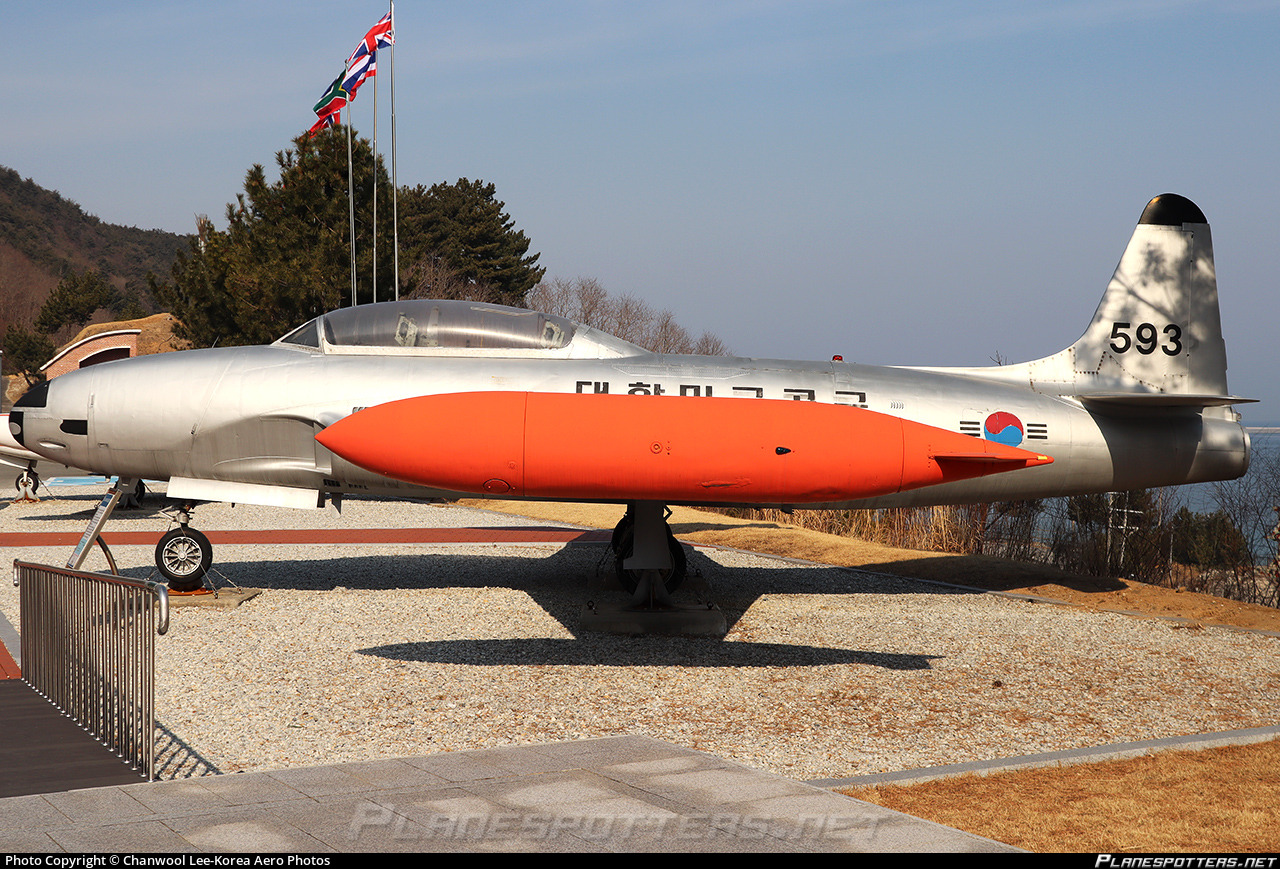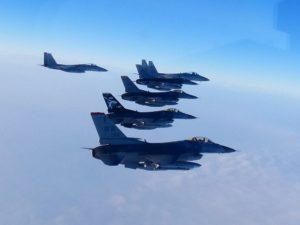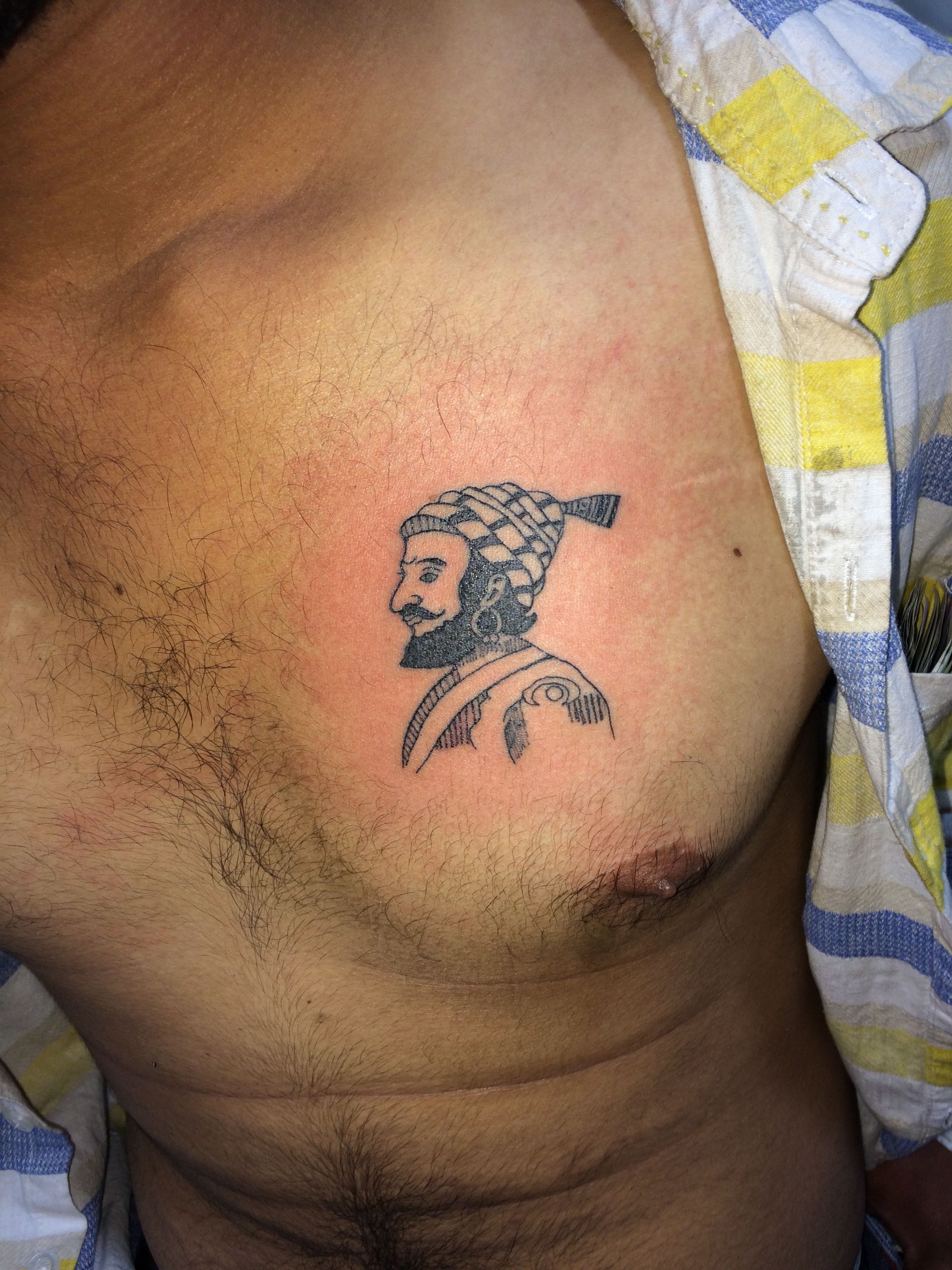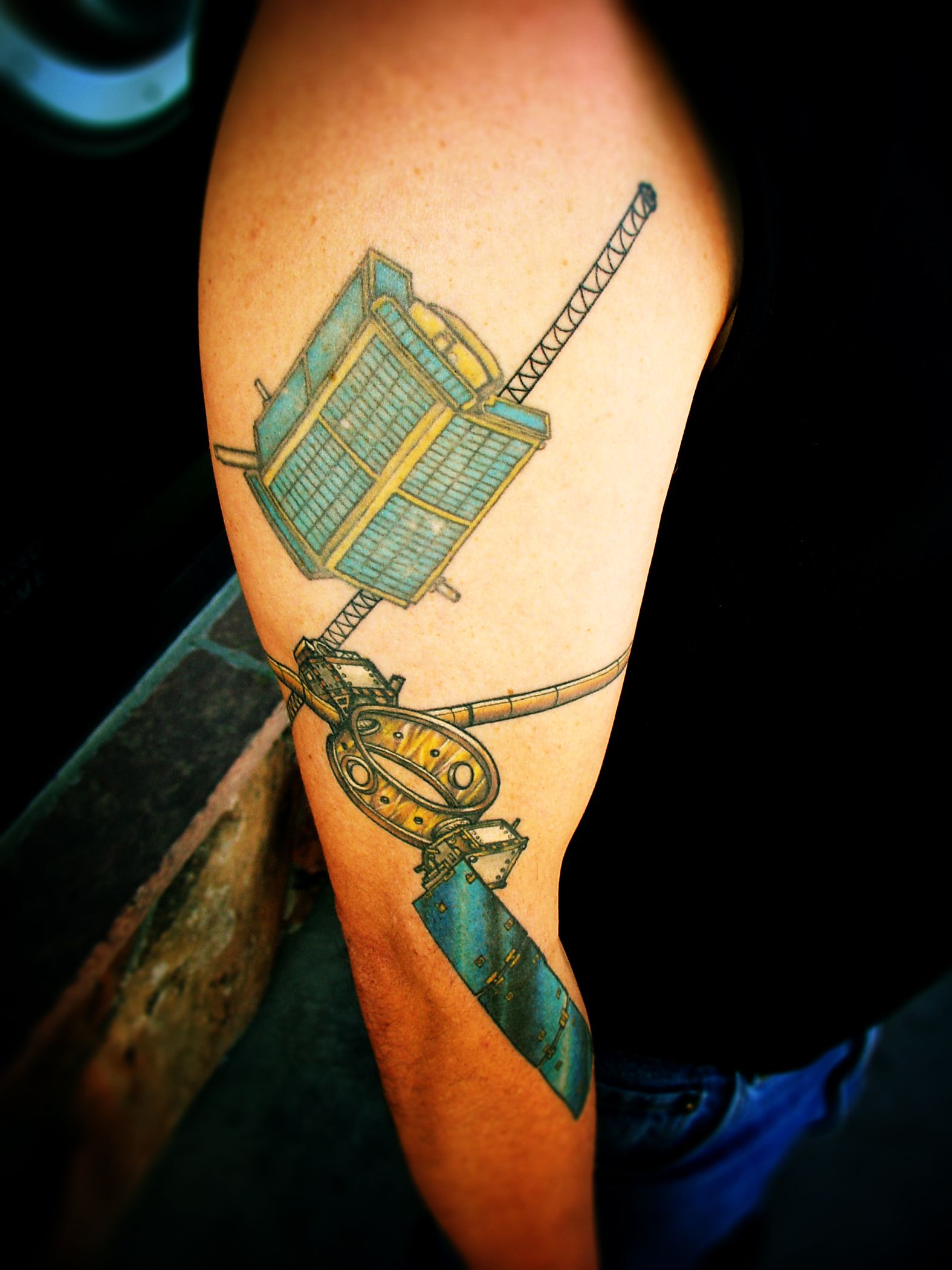Korea Air Force Overview

Introduction to the Korea Air Force

The Republic of Korea Air Force, also known as the ROK Air Force, is the aerial warfare service branch of South Korea, responsible for defending the country’s airspace and conducting military operations. With a rich history dating back to 1949, the Korea Air Force has evolved into a modern and technologically advanced air force, equipped with state-of-the-art aircraft and defense systems. In this blog post, we will delve into the history, structure, and capabilities of the Korea Air Force, highlighting its role in maintaining national security and regional stability.
History of the Korea Air Force

The Korea Air Force was established on October 1, 1949, with the help of the United States, which provided training, equipment, and logistical support. During the Korean War (1950-1953), the air force played a crucial role in defending the country against North Korean and Chinese forces. The ROK Air Force operated under the command of the United Nations Command, conducting bombing missions, providing close air support, and engaging in dogfights with enemy aircraft. Since the war, the air force has continued to modernize and expand its capabilities, with a focus on defending the country’s airspace and contributing to regional security.
Structure and Organization

The Korea Air Force is organized into several major commands, each responsible for specific aspects of air force operations. These include: * Air Force Headquarters: The highest command authority, responsible for overall strategy and planning. * Operational Command: Responsible for combat operations, including air defense, ground attack, and reconnaissance. * Logistics Command: Provides logistical support, including maintenance, supply, and transportation. * Education and Training Command: Responsible for training and educating air force personnel. The air force is also divided into several wings, each consisting of multiple squadrons, which are the basic units of the air force.
Aircraft and Equipment

The Korea Air Force operates a diverse range of aircraft, including: * F-15K Slam Eagle: A multi-role fighter aircraft, used for air-to-air and air-to-ground missions. * F-16 Fighting Falcon: A multi-role fighter aircraft, used for air-to-air and air-to-ground missions. * FA-50 Golden Eagle: A light attack aircraft, used for ground attack and reconnaissance missions. * Boeing 737 AEW&C: An airborne early warning and control aircraft, used for air surveillance and command and control. The air force also operates several types of helicopters, including the UH-60 Black Hawk and the MD 500 Defender.
Capabilities and Operations

The Korea Air Force is capable of conducting a range of operations, including: * Air Defense: Defending the country’s airspace against enemy aircraft and missiles. * Ground Attack: Conducting bombing missions against enemy ground targets. * Reconnaissance: Conducting surveillance and reconnaissance missions to gather intelligence on enemy forces. * Transportation: Providing airlift support for military operations and humanitarian missions. The air force has also participated in several international operations, including peacekeeping missions and joint exercises with other countries.
💡 Note: The Korea Air Force is committed to maintaining regional stability and defending the country's national security interests.
Challenges and Future Developments

The Korea Air Force faces several challenges, including: * North Korean Threat: The air force must be prepared to respond to potential threats from North Korea, including missile attacks and airspace violations. * Modernization: The air force must continue to modernize its aircraft and defense systems to keep pace with advancing technologies. * Regional Security: The air force must contribute to regional security efforts, including joint exercises and peacekeeping missions. To address these challenges, the air force is investing in new technologies, including advanced fighter aircraft, unmanned aerial vehicles, and cyber warfare capabilities.
| Aircraft | Role | Quantity |
|---|---|---|
| F-15K Slam Eagle | Multi-role fighter | 60 |
| F-16 Fighting Falcon | Multi-role fighter | 120 |
| FA-50 Golden Eagle | Light attack | 20 |
| Boeing 737 AEW&C | Airborne early warning and control | 4 |

In summary, the Korea Air Force is a modern and technologically advanced air force, equipped with state-of-the-art aircraft and defense systems. With a rich history and a commitment to national security and regional stability, the air force plays a critical role in defending the country’s airspace and contributing to international security efforts. As the air force continues to modernize and expand its capabilities, it will remain a key player in maintaining regional stability and defending against potential threats.
What is the primary role of the Korea Air Force?

+
The primary role of the Korea Air Force is to defend the country’s airspace and conduct military operations to maintain national security and regional stability.
What types of aircraft does the Korea Air Force operate?

+
The Korea Air Force operates a diverse range of aircraft, including the F-15K Slam Eagle, F-16 Fighting Falcon, FA-50 Golden Eagle, and Boeing 737 AEW&C.
What are the major challenges facing the Korea Air Force?

+
The Korea Air Force faces several challenges, including the North Korean threat, modernization, and regional security. The air force must be prepared to respond to potential threats from North Korea, modernize its aircraft and defense systems, and contribute to regional security efforts.



